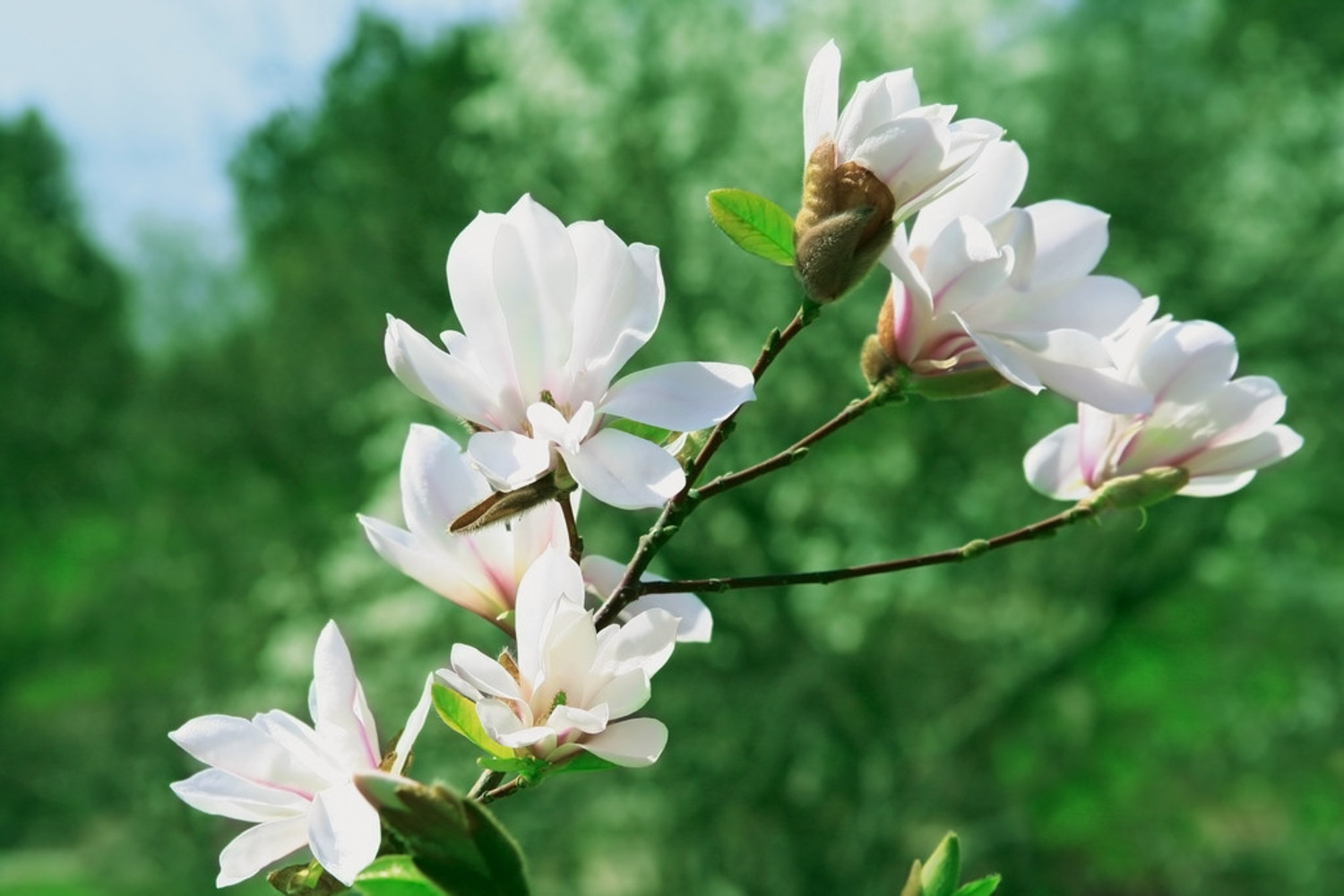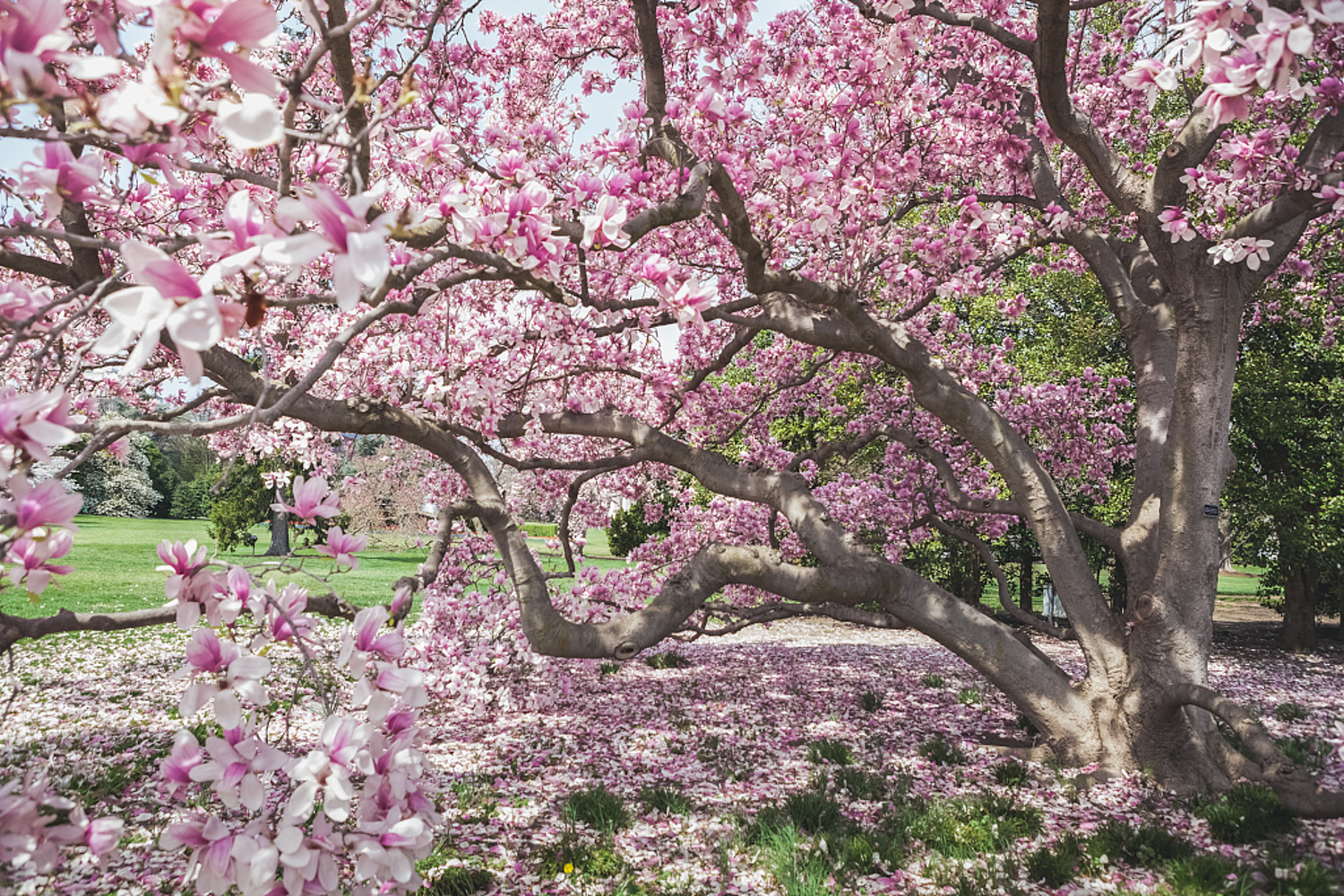1、 Curing method
1. Temperature: the warm environment is suitable for the growth of Magnolia, which can be between 20 and 28 degrees. It has certain cold resistance. Generally speaking, raising it in the South doesn't need cold protection. However, if the area is in the north, try to keep it indoors

2. Light: Magnolia is a light loving plant. However, strong light is not enough. Therefore, it can be placed directly where there is astigmatism and no direct light, so there is no need to move its position and shade. In winter, there is no shade

3. Watering: Magnolia is sensitive to water. It is a plant that is afraid of drought and waterlogging. Therefore, neither too much water nor too dry. In addition, in the very hot stage of summer, additional water spray is needed, which can be sprayed around 6 a.m

4. Fertilization: it needs to be applied four times a year, and the time should be paid attention to. The first time is to use compound fertilizer before flowering. The second time is to use nitrogen fertilizer after flowering. The third time is in July and August, mainly using phosphorus and potassium fertilizer. The last time is before winter, organic fertilizer can be applied

2、 Breeding skills
1. Reproduction: a common way of sowing. Selecting good quality seeds has a great impact on the germination rate. After that, you need to soak in water at about 50 degrees before sowing. The matrix can be sandy soil with good effect, and some bone powder and other substances can be mixed into it. Sowing can adopt the method of "drill sowing". After sowing, keep the substrate moist

2. Change basin: it is best to change it once a year. If the substrate is suitable, it can be changed once every two years. Sand can also be used as matrix and mixed with base fertilizer such as bone meal. After changing, put it in a cool place to make the plant adapt

3、 Diagnosis and treatment problems
1. Disease: there may be "yellowing disease", and the leaves will turn yellow and then turn white. In the most serious case, it can lead to the death of the whole plant. Ferrous sulfate can be used to irrigate roots, supplemented by soil loosening and other measures

2. Pests: there are many kinds of pests, such as "longicorn", "red spider", "frost moth" and so on. It can be controlled with insecticides such as fenitrothion and green WeiLei

4、 Other issues
1. Toxicity: it is non-toxic. Moreover, some parts of it can also be used as medicine, such as its flower buds and other parts

2. Flower language: its flower language is "repay kindness". This flower language root is closely related to some of its legends


 jackfruit
jackfruit snake plant
snake plant hibiscus
hibiscus hydrangea
hydrangea lavender
lavender Green roses climb al...
Green roses climb al... If you don't pay att...
If you don't pay att... Management of four g...
Management of four g...

































